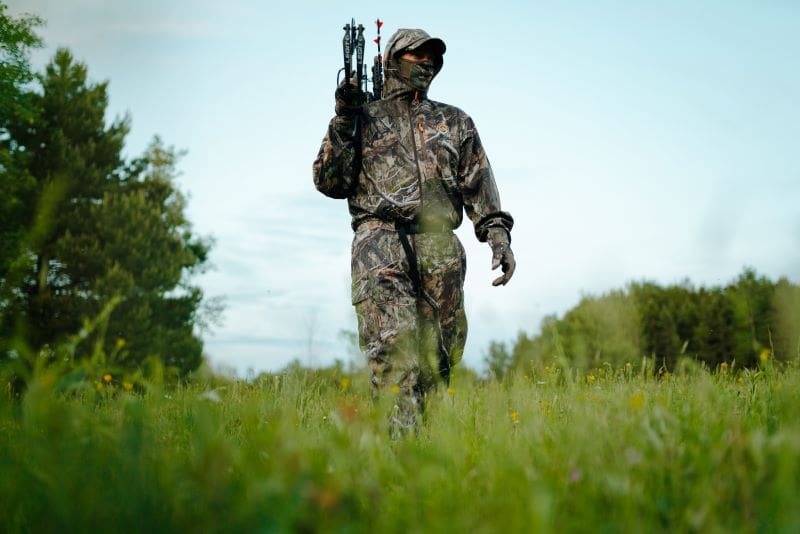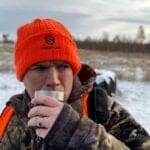As the early hunting season kicks off, hunters must develop effective strategies to monitor their target bucks. The early season offers unique opportunities but also presents challenges, given that deer behavior is influenced by changing environmental conditions and varying patterns of food availability.
By the end of the summer, many hunters have one or two bucks that they consider mature enough to put on a so-called hit list. It is vital to have a game plan to help you keep tabs on these target bucks during this critical period when many factors can result in many different changes.
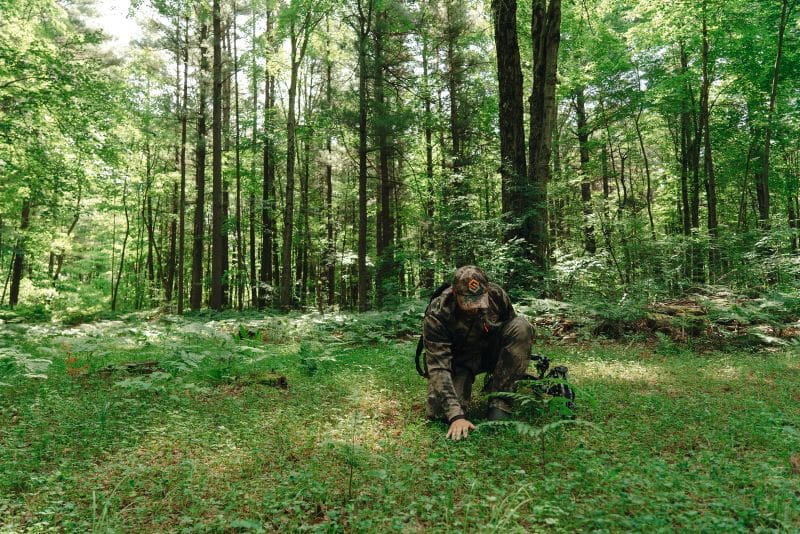
Understand Early Season Behavior
During the early season, bucks are typically in their summer patterns, focusing on feeding and building fat reserves. This period is characterized by relatively predictable movements as bucks establish their feeding routines and bedding areas. These movements are what many hunters witness on their cameras during the last months of summer before the season begins. However, as the season progresses and conditions change, their behavior can shift, making it essential to stay observant and adaptable. If you don’t, hunting mature bucks can become frustrating and more like an intense chess game instead of fun in the stand.
Use Trail Cameras Effectively
Trail cameras are invaluable for monitoring deer activity without disturbing their habitat. In the early season, place cameras near known food sources, water sources, and along well-used trails. Ensure cameras are set up to capture images during key times of the day, such as early morning and late evening when bucks are most active. If not using cellular cameras that allow you to receive pictures in real time, regularly check camera footage to track changes in buck behavior and adjust your strategy accordingly.
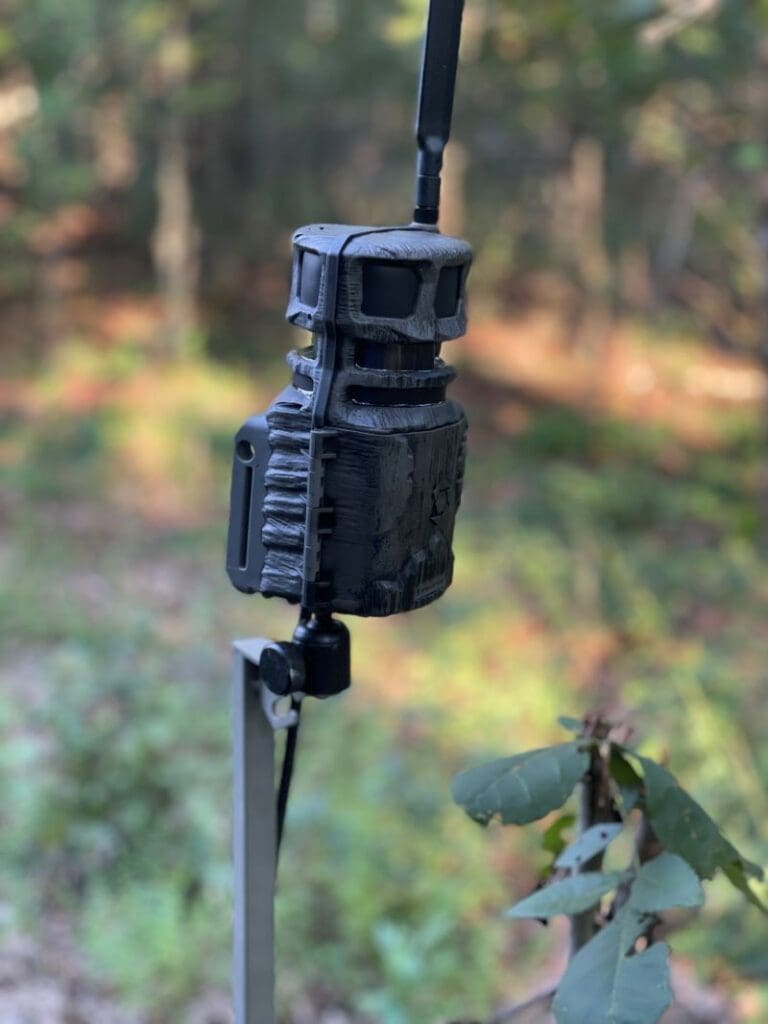
Scout the Area
Early in the season, take the time to scout your hunting area thoroughly. Look for signs like fresh tracks, scrapes, and rubs indicating where bucks spend their time. Pay attention to changes in vegetation and the location of food sources, as these can influence buck movement. Understanding the terrain and deer’s natural patterns will give you a significant advantage and can determine better locations for your game cameras, upping your scouting game even more.
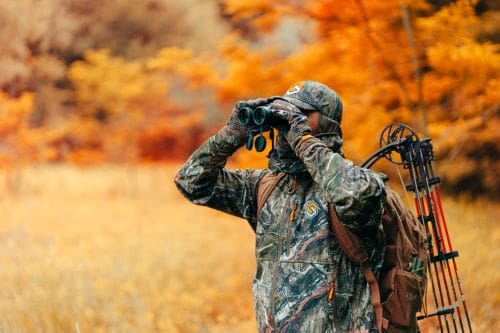
Monitor Food Sources
In the early season, food sources are a primary focus for deer. Identify key food sources in your hunting area, such as agricultural fields, acorn-producing trees, or clover plots. Bucks will frequent these areas to build up their body condition. Setting up near these food sources can increase your chances of encountering your target buck.
In early October of 2021, I had multiple bucks patterned to a specific area. Just before that, the white oak acorns had begun to drop, providing one of a deer’s favorite food sources. When acorns hit the ground, other options like green food plots often take a back seat, with acorns becoming the top choice. That fall, several bucks frequented the edge of a small field due to the white oak trees scattered along its perimeter. One evening, deer were spread throughout the field when one of my top target bucks appeared at fifty-six yards. He soon jumped the fence and began feeding closer. Within minutes, he was broadside at twenty-three yards, giving me the perfect opportunity. I made a clean double-lung shot with my bow. In early fall, acorns indeed can be a gold mine.
Adjust for Weather Conditions
Weather can significantly impact deer movement and behavior. Early season temperatures, humidity, and rainfall can influence how often and when bucks feed. Monitor the weather forecast and adjust your hunting plans based on changes. For instance, cooler temperatures might encourage more daytime movement, while warmer conditions might restrict activity to cooler parts of the day. Typically, I hunt only in the evenings until the temperature becomes much cooler.
Minimize Human Impact
Avoid disturbing the area where your target buck is likely to be. This means limiting your visits to the hunting site and minimizing noise and scent. Use scent control products and stay mindful of your entry and exit routes to avoid leaving a scent trail that might alert the deer to your presence.
Early-season hunting requires patience and flexibility. Deer behavior can be unpredictable, and bucks might not follow the same daily patterns. Stay patient, hunt often, yet be choosy and hunt the best days instead of whenever you feel like going hunting. Adapt your strategies based on what you observe, keep tabs on the weather forecast, and be prepared to adjust your plans as needed instead.
